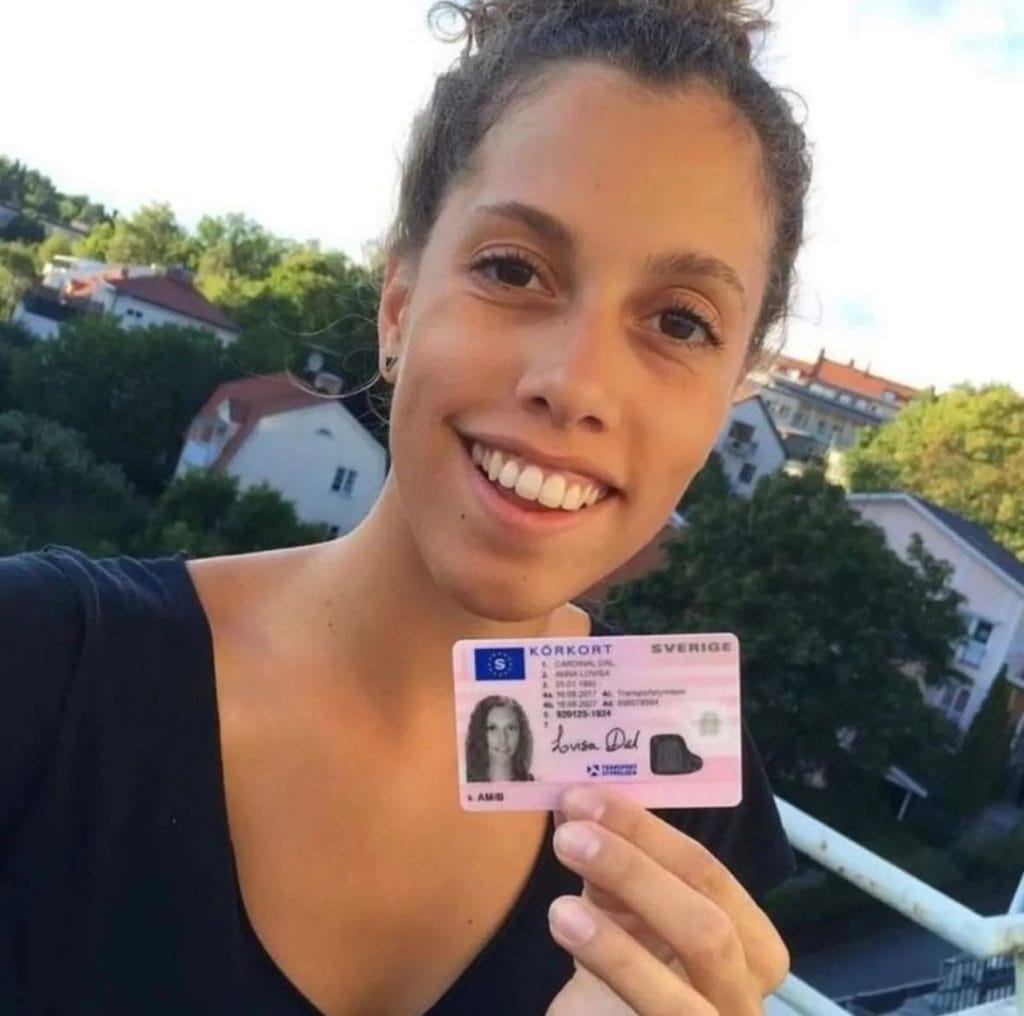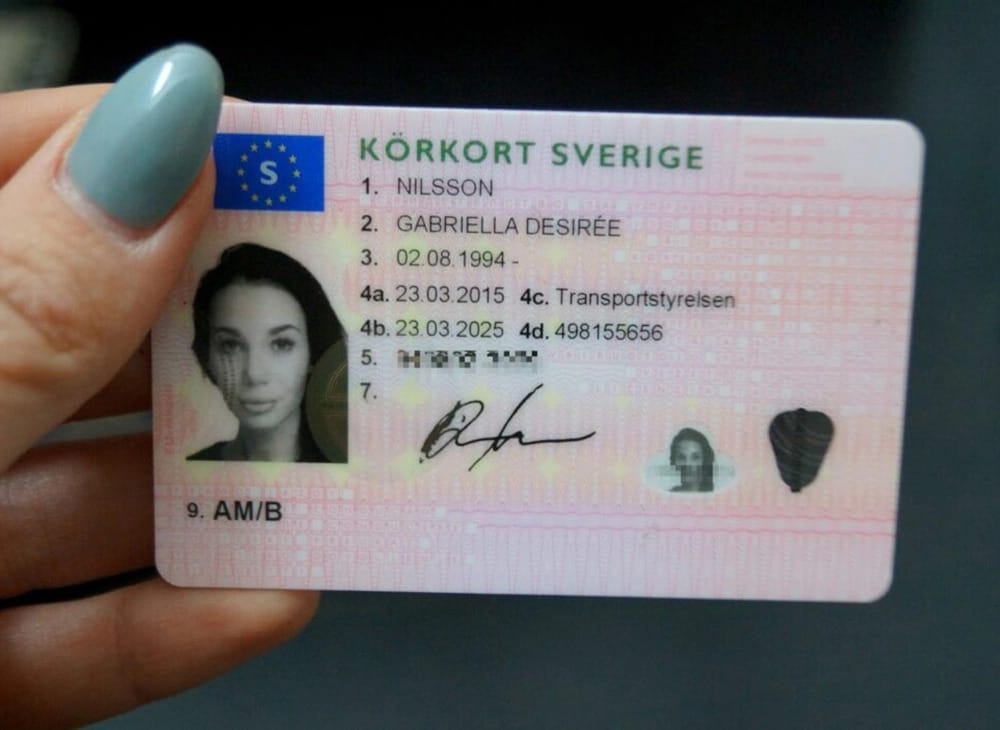
24
апреля11 "Faux Pas" That Actually Are Okay To Make With Your Swedish Driving License Online
Navigating the World Without a Driver's License: Exploring Alternatives and Implications
In today's world, where movement is a cornerstone of every day life, the concept of living without a driver's license may appear overwhelming. However, for some people, the choice to forgo a driver's license is a mindful choice driven by different elements, including ecological concerns, expense, and individual choice. This short article looks into the options to driving and the ramifications of living without a driver's license, providing a thorough guide for those considering this lifestyle.
Comprehending the Decision
Choosing not to have a driver's license is an individual choice that can originate from numerous factors. For some, it's a commitment to reducing their carbon footprint and promoting sustainable living. Others find the expense of owning and maintaining a vehicle prohibitive, while some merely prefer the benefit and freedom of other modes of transport. No matter the inspiration, living without a driver's license requires mindful planning and a desire to adapt.

Alternatives to Driving
Public Transportation
- Buses and Trains: Public transportation systems, such as buses and trains, are typically the most reliable and cost-efficient options. They are available in many city areas and offer a structured way to navigate cities and rural regions.
- Subway and Light Rail: In bigger cities, subways and light rail systems offer fast and efficient travel, typically bypassing rush hour and minimizing travel time.
Ride-Sharing Services
- Uber and Lyft: These popular ride-sharing apps supply on-demand transportation, making it easy to navigate without a car. They are especially beneficial for late-night travel and in areas with limited public transport.
- Carpooling: Joining or forming carpool groups can reduce expenses and environmental effect. Lots of neighborhood platforms and apps help with carpooling for routine commutes.
Bicycles and E-Scooters
- Bicycles: Cycling is a healthy and environment-friendly method to take a trip, especially for much shorter distances. Lots of cities have dedicated bike lanes and bike-sharing programs to encourage this mode of transport.
- Electric Scooters: E-scooters are a trendy and hassle-free choice for quick, Köpa taxilicens KöRkort Online short journeys. They are frequently offered through rental services in urban locations and can be an enjoyable option to conventional modes of transportation.
Walking and Jogging
- Walking: For those living in walkable neighborhoods, strolling is a simple and reliable method to remain active and get around. It's free, requires no unique equipment, and is good for the environment.
- Jogging: Similar to walking, running can be a healthy and low-priced way to travel, specifically for brief distances.
Electric and Hybrid Vehicles
- Electric Scooters and Bikes: For those who still want the convenience of a personal lorry but are concerned about the environment, electric scooters and bikes are a feasible option. They are low-maintenance and produce fewer emissions.
- Hybrid Cars: If the decision to prevent a driver's license is mostly due to ecological issues, but the requirement for a car is inevitable, hybrid lorries offer a happy medium. They combine standard fuel engines with electrical motors to reduce fuel consumption and emissions.
Telecommuting and Remote Work
- Work from Home: Many business now provide remote work alternatives, enabling staff members to work from home or other areas. This can significantly decrease the requirement for day-to-day travelling and the associated expenses.
- Virtual Meetings: Technology has actually made it possible to carry out company conferences and other interactions essentially, further decreasing the requirement for travel.
Ramifications of Living Without a Driver's License
Financial Savings
- Reduced Vehicle Costs: Not having a car suggests preventing costs such as car payments, insurance, upkeep, and fuel.
- Public Transportation Costs: While public transportation does have costs, they are typically lower than those related to owning a car.
Ecological Impact
- Lower Carbon Emissions: By preventing using individual vehicles, people can substantially minimize their carbon footprint, contributing to a more sustainable environment.
- Lowered Traffic Congestion: Fewer cars and trucks on the road can lead to minimized traffic congestion, making travel more effective for everyone.
Health Benefits
- Increased Physical Activity: Using alternatives like strolling, jogging, and cycling can improve physical health and psychological well-being.
- Minimized Stress: Avoiding the daily inconveniences of driving, such as traffic and parking, can result in a more relaxed and hassle-free way of life.
Social and Community Engagement
- Community Connections: Relying on public transport or ride-sharing services can promote a sense of community and social interaction.
- Assistance for Local Businesses: Walking or cycling to local companies can help support the local economy and lower dependence on big, environmentally unfriendly corporations.
Legal and Practical Considerations
- Identification Issues: In lots of nations, a driver's license works as a main kind of identification. Individuals without a license may need to bring alternative types of ID, such as a passport or state-issued ID card.
- Travel Restrictions: Without a driver's license, travel to remote locations or places with restricted public transport can be difficult. Preparation ahead and using alternative transport approaches is essential.
Frequently asked questions
Q: How can I get around if I live in a rural area without a driver's license?
- A: In rural locations, alternatives like ride-sharing services, carpooling, and mass transit may be limited. Think about signing up with neighborhood groups or köpa en taxilicens online utan tentor taxilicens Köpa A2 Körkort Online Online (101.36.64.91) platforms to find regional carpooling options. Electric scooters and bikes can likewise work for shorter ranges. Furthermore, lots of rural locations have neighborhood transport services that can be accessed for vital trips.
Q: Can I still travel worldwide without a driver's license?
- A: Absolutely. A driver's license is not required for a lot of international travel. Nevertheless, you may need a passport or other types of recognition. For countries where driving is essential, you can lease a car with a valid driver's license or use local transportation services.
Q: What are the finest apps for discovering ride-sharing and carpooling options?
- A: Popular apps for ride-sharing consist of Uber, Lyft, and Bolt. For carpooling, Waze Carpool, Ridester, and Scoop are highly suggested. These apps frequently offer real-time information on available rides and help connect you with chauffeurs heading in the very same instructions.
Q: How do I manage without a driver's license if it is required for lots of types of identification?
- A: In lots of places, a state-issued ID card or a passport can act as a primary type of recognition. It's likewise a great idea to bring numerous types of ID, such as a credit card or a citizen registration card, to guarantee you are gotten ready for numerous situations.
Q: Are there any health threats associated with utilizing public transportation?
- A: While public transport can expose people to a higher risk of transmittable illness, particularly in congested conditions, the benefits often outweigh the threats. Practicing good health, such as washing hands frequently and wearing a mask, can assist reduce these threats. In addition, lots of public transportation systems have actually carried out safety measures to secure passengers.
Q: What are the ecological benefits of not driving a car?

- A: Not driving a car can considerably minimize your carbon footprint. Cars and trucks are a significant source of greenhouse gas emissions, and by deciding for public transport, biking, or strolling, you can add to a much healthier environment. This likewise assists lower air pollution and traffic jam, improving overall quality of life.
Living without a driver's license is a possible and frequently beneficial choice for many people. By exploring and using alternative modes of transportation, one can save money, reduce their environmental impact, and enhance their health and wellness. While there are difficulties, such as browsing recognition and travel problems, the benefits frequently make the effort rewarding. Whether driven by personal values or useful considerations, the decision to forgo a driver's license can lead to a more sustainable and fulfilling way of life.
Extra Resources
- Public Transport Apps: Transit, Moovit, Citymapper
- Biking and Walking Apps: Strava, MapMyRide, Google Maps
- Community Carpooling Platforms: Waze Carpool, Ridester, Scoop
- Remote Work and Telecommuting Tools: Zoom, Microsoft Teams, Slack
By embracing these options, people can develop a lifestyle that aligns with their values and needs, adding to a more sustainable and connected world.
Отзывы